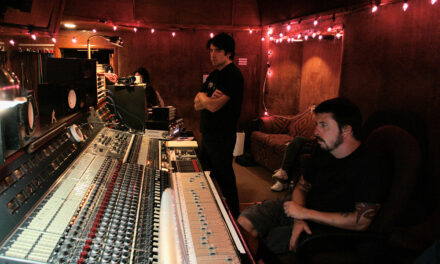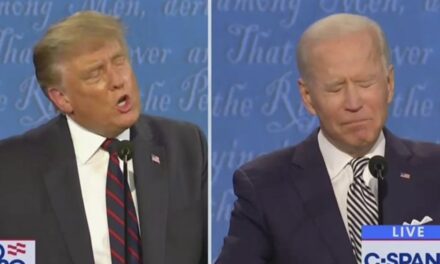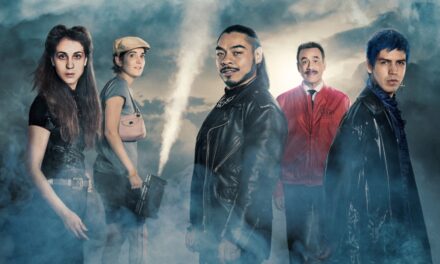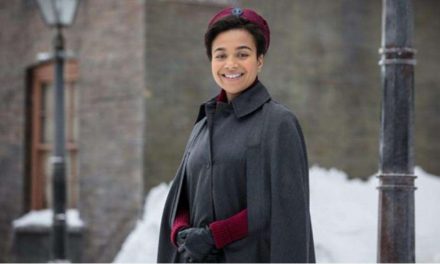In an account of Roland Kirk’s appearance on the television programme Soul!, Gayle Wald argues that the mediation of a television camera “renders the affective power of Kirk’s performance more immediate and more suspenseful than it might have been in a nightclub setting” (2015: 124-125). With these words, Wald explodes dominant myths in jazz regarding the primacy of live performance and counters widely-held suspicions regarding the possible accomplishments of jazz television (see Frith 2002: 277-290). As understandings of jazz reach beyond the musicological, scholarship has paid closer attention to questions of production and visual style in small-screen presentations of jazz (McGee 2009: 201-244; Long and Wall 2015; Pillai 2016; Heile et al. 2017) but there remains much to be explored.
This special issue of Jazz Research Journal invites scholars of television and jazz to make bold interventions into the existing discourse. Following Herman Gray (2005: 187), we are not interested in value judgments regarding ‘good’ or ‘bad’ representations of jazz but rather in historical, textual or methodological formulations that provide insightful commentary on the place of jazz television within the wider culture. We particularly welcome studies that expand our understanding of jazz in programming outside of music performance, e.g. as signifier of quality, as accompaniment to drama or as subject of comedy.
The collection will be edited by Dr Nicolas Pillai (Birmingham City University) as part of an AHRC Research Leadership fellowship dedicated to the development of new methodologies for the study of jazz on television. Submissions are invited that reframe the field, treating subjects such as:
- The role of jazz at the birth of television
- The survival and afterlife of jazz in the digital archive
- Practice-as-research methodologies that bring us closer to the technology of television production
- Jazz and advertising (following Laver 2015)
- The scheduling of jazz television, its place within broadcast flow and institutional directives
- The relationship of jazz television to the screening of other musics
- Studies of jazz composition and performance for television
- The jazz musician as actor (e.g. Ethel Waters in Route 66, Cleo Laine in The Last of the Blonde Bombshells, Kermit Ruffins in Treme)
- Comedy and parody (e.g. The Fast Show, Duke Silver in Parks and Recreation, Stewart Lee’s Comedy Vehicle)
- Jazz and genre television
- Discourses of television quality (e.g. Sex and the City/HBO, Poliakoff’s Dancing on the Edge)
- Jazz on ITV and regional television
- The jazz documentary/the place of jazz in pop documentaries
- Jazz on children’s television (e.g. Peanuts, Sesame Street, Schoolhouse Rock!)
- Streaming, VR and the implications of the digital
- Reviews of current jazz television or related scholarship
Please submit your abstracts (no more than 500 words) and bio (100 words) to nicolas.pillai@bcu.ac.uk by 8 September 2017. First drafts will be expected by 1 January 2018, with peer review comments returned by March 2018 and final submission (8000 words max.) in Summer 2018. The special issue will be published November 2018.





